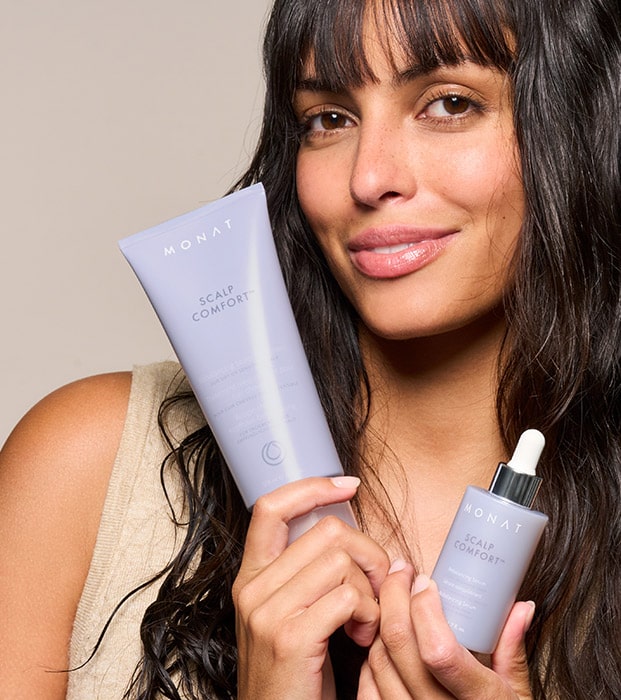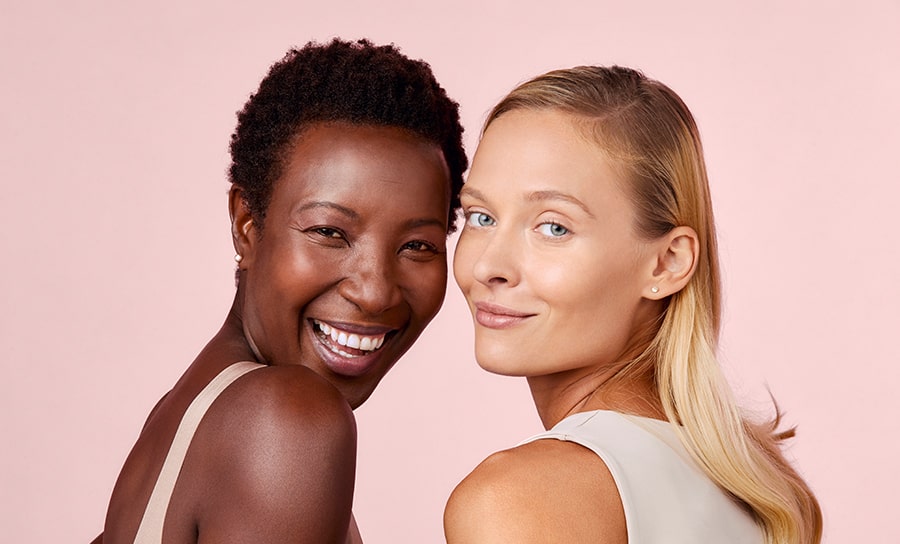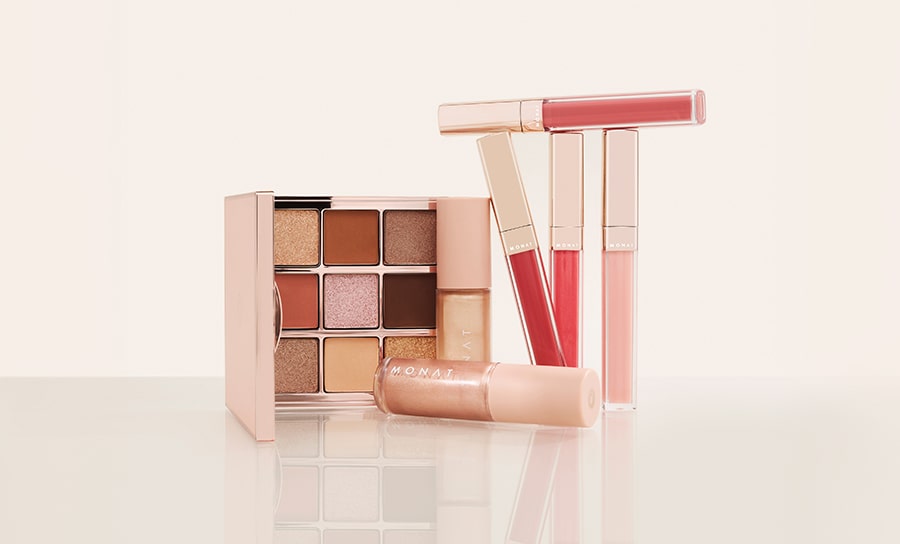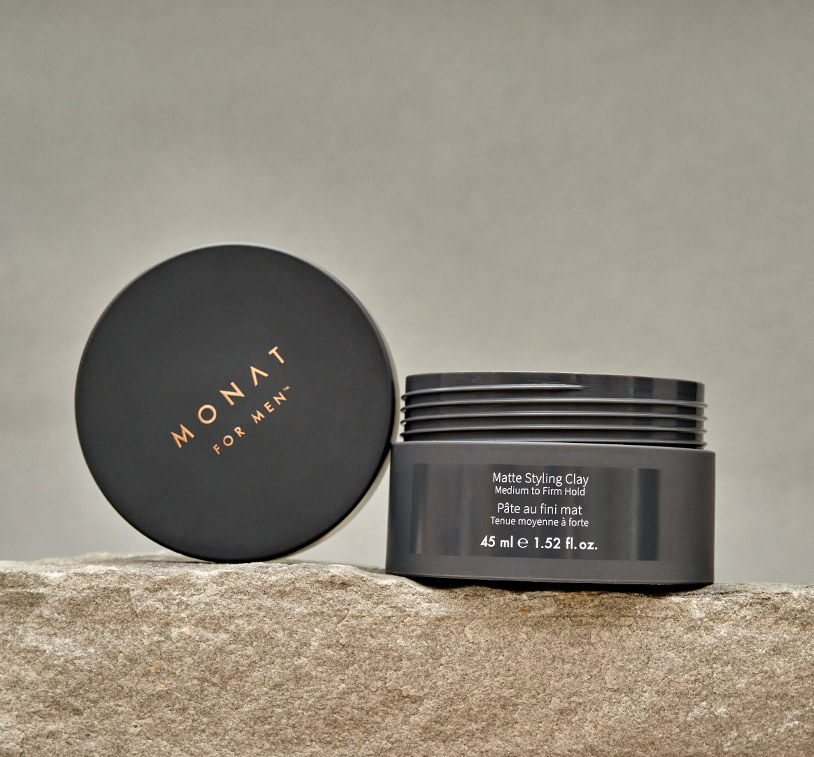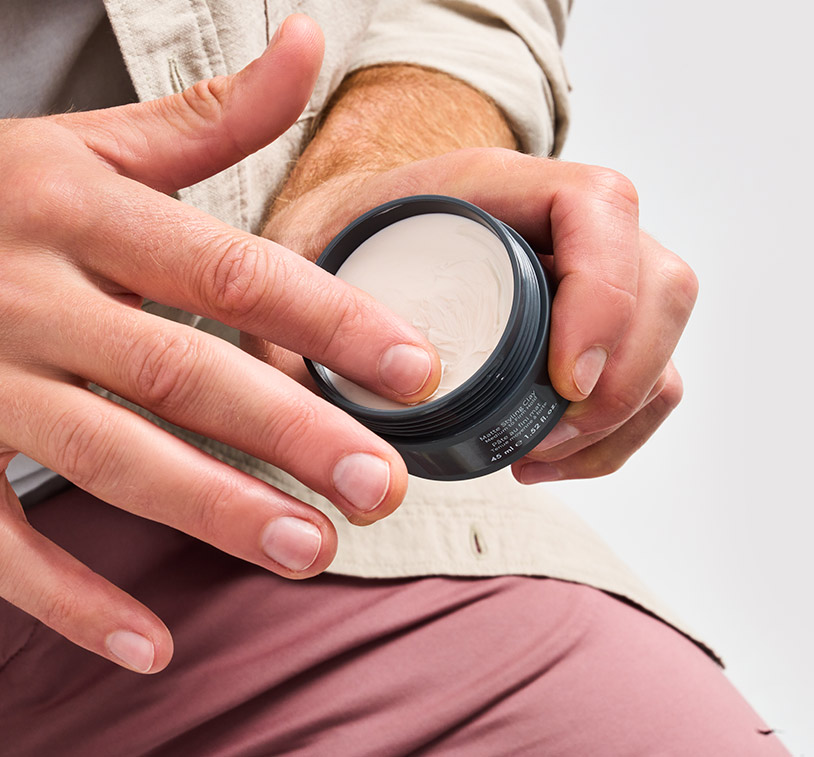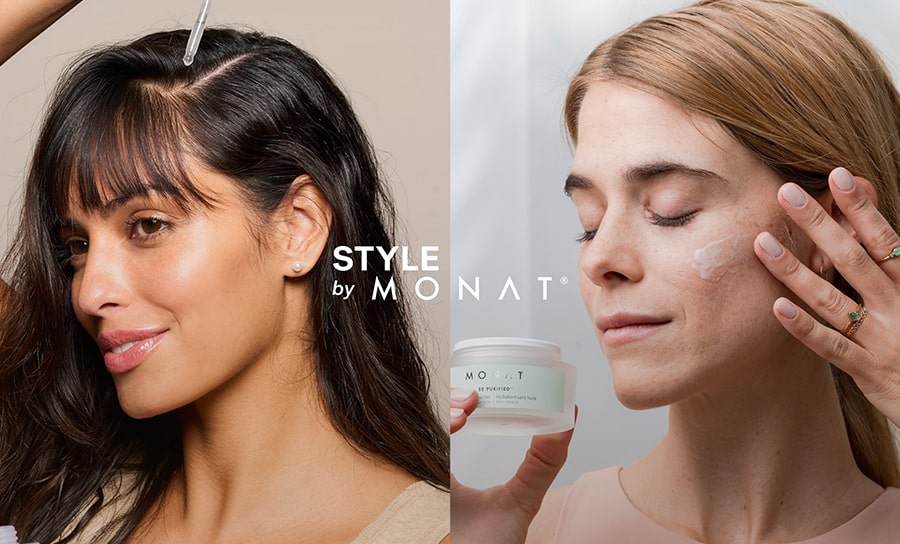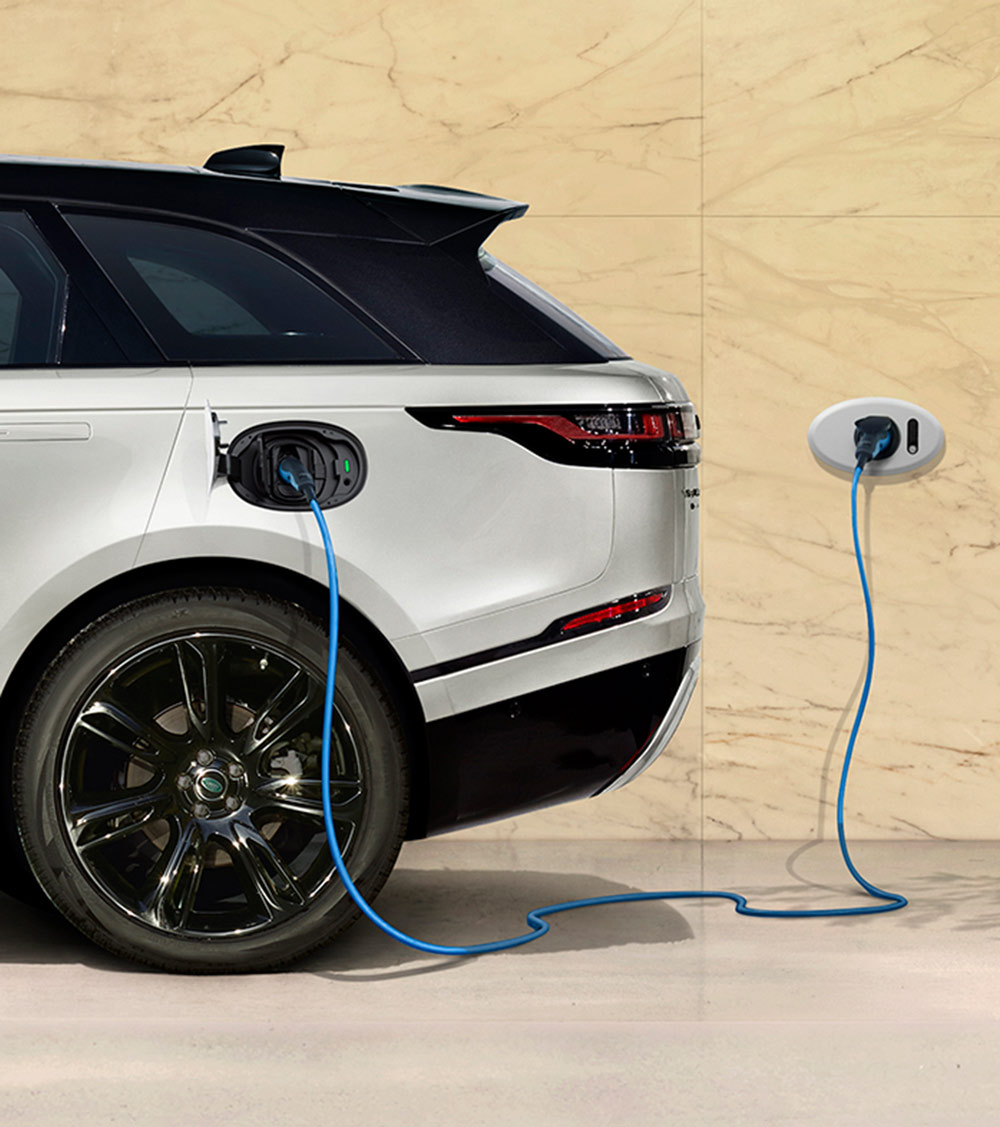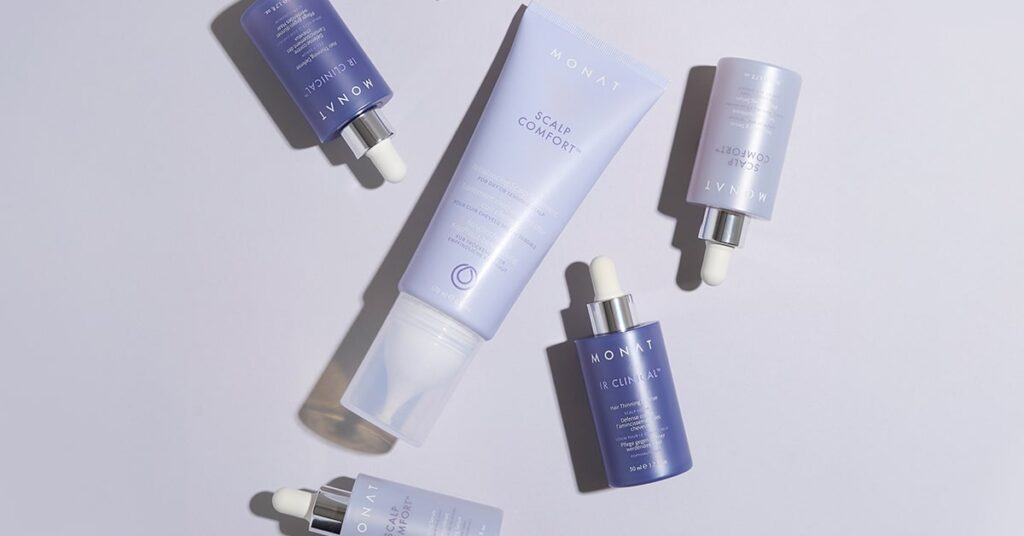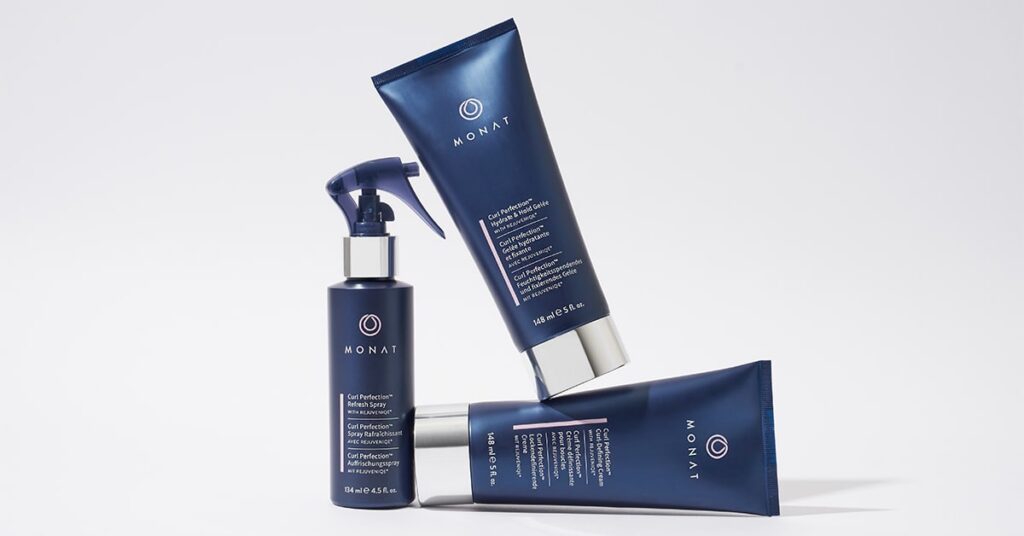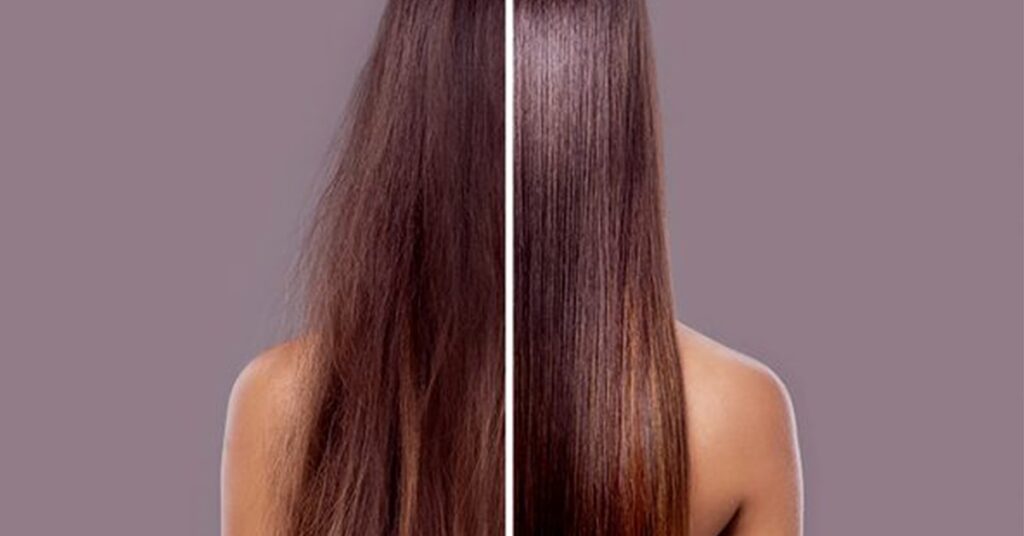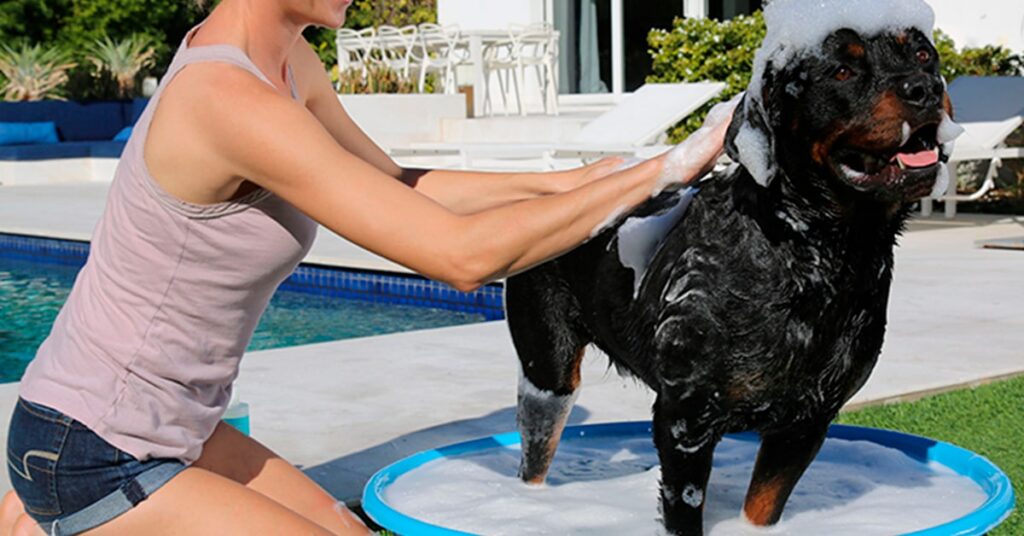
Any new or prospective pet parent will undoubtedly have a million questions about the best way to care for their beloved fur baby.
One common question asked by many new, proud pet owners is: “How often should I groom my dog?”
Keeping your dog’s coat in pristine condition is important for his or her health.
Regular grooming not only helps keep your dog’s coat clean, but it also reduces the risks of skin irritations.
So, how often should a dog be groomed? Of course, the answer will differ depending on the type and age of the dog. However, here are some important questions to consider when determining a grooming schedule for your new best friend:
What Breed or Mix is Your Dog?
The frequency at which you need to groom your dog first depends on the breed. Dogs with longer hair or fur will obviously require more frequent grooming to help keep it clean, prevent matting, and also from getting in your dog’s eyes.
In addition to their fur, the rate at which a dog’s nails grow also depends on the breed. You typically will find your dog’s breed information from the breeder or shelter. Breeders and shelters typically have medical records, history, genetics, and breed information to hand over to you upon adoption.
However, if you are unsure of your dog’s breed, or if you think your dog may be a mix, you can always have your dog genetically tested. Many Humane Societies also perform free breed typing.
What Type of Coat Does Your Dog Have?
Perhaps more important than determining the specific breed of your pooch is considering your dog’s coat type. As mentioned above, long-haired dogs require frequent grooming, however, this also depends on how much they shed and their coat type.
There are five main coat types, each with different grooming needs.
1. Smooth Coat
Dogs with smooth coats do not need to be groomed as often as other coat types. However, this doesn’t necessarily mean they are completely maintenance free; they should still be bathed and brushed regularly. Some examples of smooth-coated dogs are the Bull Terrier and the Daschund.
2. Double Coat
A dog with a double coat needs slightly more TLC than a smooth coat. Double-coated pooches may have long or short hair. The best way to groom these dogs is with a slicker brush with a wide-toothed comb. Some examples of double-coated dogs include the Chow-Chow, Rottweiler, and Border Collie. A double-coated dog can have either long hair or short hair and may have a thick undercoat.
It is typically considered unsafe to tackle severe mats on your own unless you have experience dealing with them. So, if your dog does develop mats, it is best to take him or her to a professional groomer in order to remove them safely and properly.
If your dog has a thick undercoat, it’s important to have this area trimmed seasonally to prevent severe matting. These breeds must be groomed at least every three months to avoid matting.
3. Wire Coat
Dogs with wire coats are far more susceptible to mats and tangles. Terriers are the most popular breed for wire coats.
4. Long Coat
Dogs with long coats tend to need consistent grooming routines to keep them healthy and free from mats. To find the grooming regimen that suits you and your new best friend, determine if his or her long coat is coarse or silky. Each type of coat requires a different type of brush and possibly shampoo. A good detangling shampoo designed for dogs can help. Some of the long-coat breeds include Yorkshire Terriers, Lhasa Apsos, and Malteses.
There are also two different types of long coats: silky and coarse.
- Silky. A silky long coat is a single coat that grows continuously and requires more frequent trimming. A very close cut can last as long as two to three months. However, if you prefer the groomer to leave an inch or more of hair, you’ll likely need to come back every four to six weeks to keep the mats at bay.
- Coarse. A coarse, long coat is slightly less prone to matting and can go around three months between grooming sessions.
5. Curly Coat
Curly coats are the most likely to mat. Hair longer than half an inch should be brushed at least twice per week. When hair grows longer than one inch it needs to be brushed daily using a soft slicker brush. It is important that these dogs are groomed every four to six weeks in order to prevent severe matting. The Bichon Frise and the Poodle are two examples of curly-coated pups.
What Does the Breeder or Shelter Recommend?
Regardless of breed or coat type, some dogs shed more than others. Heredity plays a part in shedding as well.
To answer the question of how often should you groom your dog, ask the breeder or shelter from where you adopted your dog about best grooming practices. Not only does your breeder or shelter have intimate knowledge of your dog’s shedding habits and grooming routines, but he or she will likely also know the specifics of your dog’s particular breed needs and shedding habits, and can recommend a grooming schedule.
Utilizing your breeder or shelter as a valuable and knowledgeable resource can help protect the relationship between you and your pooch as well as his or her health.
What Does Your Groomer Recommend?
Your groomer may indeed be the best person to tell you how often to bring your dog in for which grooming services. Often nail clipping, dental grooming, bathing, brushing, and cutting can all be arranged on a rotating schedule that suits your needs.
How Much Brushing or Grooming Do You Need to Do At Home?
Some puppy parents welcome the task of handling the bathing, washing, and even clipping, whereas others prefer to let a professional handle it.
If you take your dog to a groomer, they will likely be glad to help you establish a scheduled grooming routine that best fits your dog’s needs. Utilizing a calendar to keep track of your pup’s grooming schedule can help maintain a healthy grooming regimen.
Some dogs with low-maintenance coats may never need professional grooming services. If you plan to handle at least the minimum regular bathing responsibilities on your own, it is important to use a professional pet product that is safe and will keep your dog smelling great, such as MONAT Pet™ Duo.
Finding the Right Grooming Schedule for Your Pooch is an Individual Process
If you’ve read this entire article, and are still asking yourself, “How often should I get my dog groomed?” it is a good idea to begin asking the professionals mentioned above, such as your breeder or groomer.
While there is no one right answer for every dog, keep in mind that the shorter your groomer clips the cut, the longer you will have between appointments. In addition, the longer you wait between grooming sessions, the more frequently you’ll need to attend to brushing and grooming at home.
Severe matting can cause various complications in your pup, ranging in severity from minor skin irritations like sunburns to more serious infections.
Regular grooming is important to your pet’s overall health and well-being.
So determining how often you should groom your dog shows that you plan to make it a priority to give the very best care to your best friend.
TAGS
KEEP READING
April 11, 2025
Curls, Defined: Your Guide to MONAT Curl Perfection™
April 22, 2024

